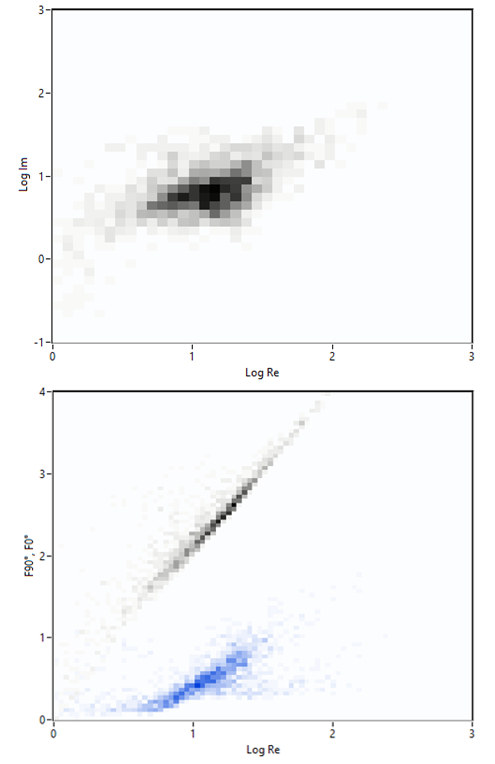SPES² technology
EOS recently patented the innovative SPES² technology with the aim of improving the information retrieved from each measured particle. SPES² retrives additional synergistic measurements further improving the EOS multiparametric approach. SPES² is a novel unique arrow in the quiver in characterizing samples with numerous unknown properties, such as cases of highly heterogeneous suspensions.
SPES² in a nutshell: the scattering signal related to the power scattered in a solid angles around at 90° is collected and measured synchronously to the traditional forward SPES signals. A novel indipendent adimensional parameter F90 is thus recovered for each single particle thanks to the self-reference monitoring provided by the SPES/SPES² sensors. The unique synergistic relationships between the independent optical parameters Cext, α and F00, retrieved from SPES, and F90, retrieved from SPES², pave the way for new paths in the research, development and quality control of complex particles in heterogeneous industrial, biological and environmental liquids.
An example of the superior insight allowed by a SPES² device is reported in figure for airborne particles. The top panel shows the SPES data. The additional powerful SPES² data set is represented in the bottom panel. The forward scattering parameter F00 is obtained from the SPES data and is represented in grey tones. The SPES² F90 histogram is shown in blue. A bifurcation related to twofold populations with rampant different optical properties is evident in the F90 data, while it is completely hidden in the SPES data. Note that the same bifurcation would be completely invisible to a traditional instrument, as most of the Optical Particle Counter (OPC), operating with the sole F90 parameter.
The SPES² technology has been recently exploited for developing an instrument devoted to characterising the optical properties of airborne dust in the environment, with a current application within the OPTAIR research project funded by the Italian National Research Antarctic Program. The instrument is continuously working since November 2018 at Concordia Station, DomeC, on the East Antarctic plateau.

(in figure) The traditional SPES data (top) and the SPES² corresponding population (bottom), constituted by the adimensional forward scattering amplitude (black), obtained form the left panel data, and the additional F90 scattered adimensional intensity (blue). Note the presence of a bifurcation in the F90 population.

